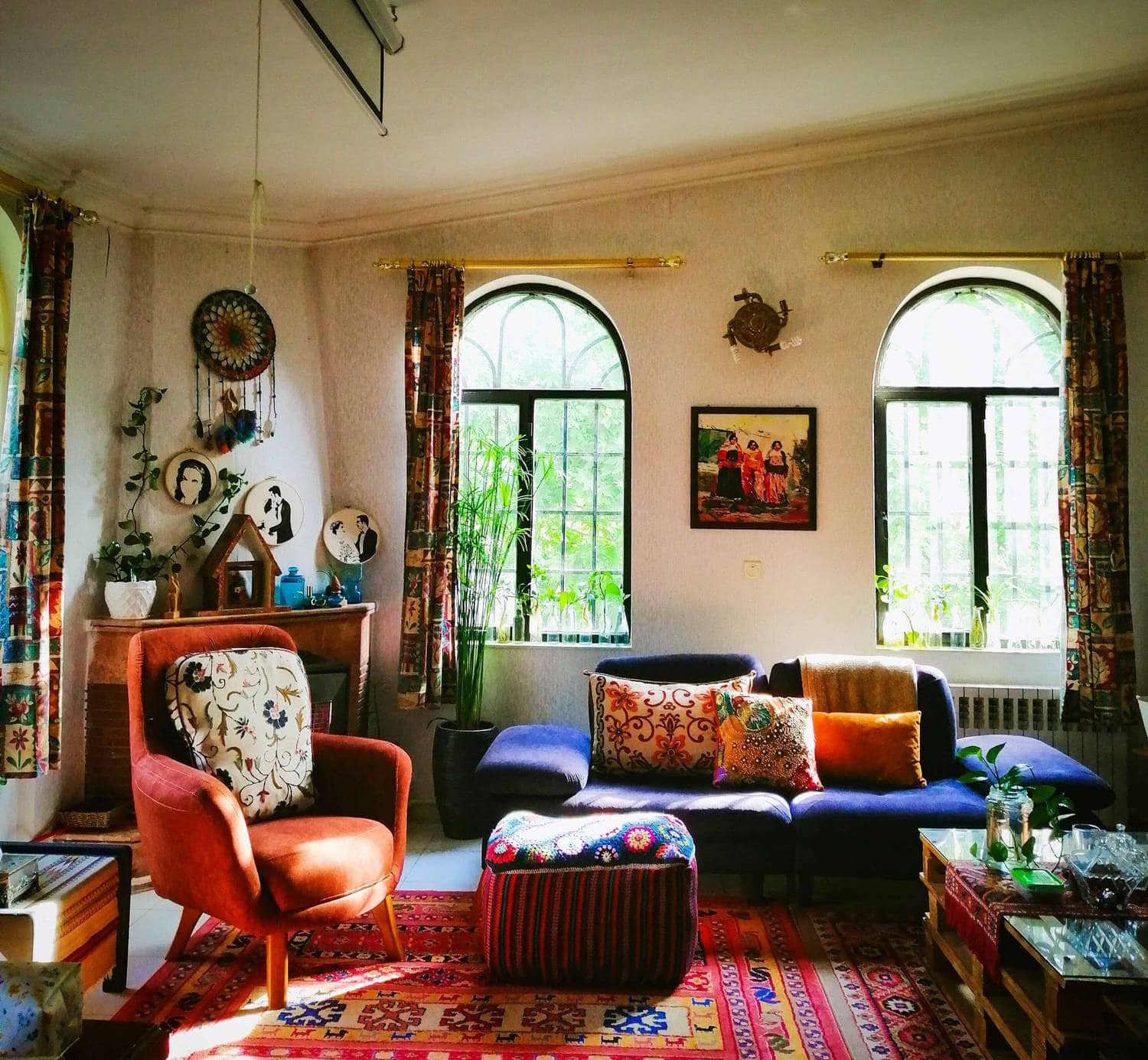Defining Eclectic Style

Eclectic style, often described as a “mix and match” approach, is a design philosophy that combines various elements from different styles, eras, and cultures. It celebrates individuality and personal expression, allowing designers to create unique and eclectic spaces that reflect their own tastes and personalities.
Eclectic style is all about mixing and matching different elements to create a unique and personal space. If you’re looking for a way to add some spooky fun to your home this Halloween, check out our collection of halloween wallpaper.
From classic black and orange to more whimsical designs, we have something to suit every taste. And the best part is, you can mix and match different designs to create a truly eclectic look.
Origins and History
The eclectic style emerged in the late 19th century as a reaction against the strict rules and conventions of Victorian design. Designers and architects began to experiment with combining different styles, creating eclectic interiors that were both visually stimulating and comfortable.
Notable Designers and Architects, Eclectic style
Some notable designers and architects associated with the eclectic style include:
- William Morris
- Louis Comfort Tiffany
- Frank Lloyd Wright
- Antoni Gaudí
Characteristics of Eclectic Style

Eclectic style is like a crazy quilt made from the patches of different design periods and cultures. It’s a mix-and-match approach that creates a unique and personal space. But how do you make sure your eclectic style doesn’t look like a hot mess?
The key to eclecticism is to find a common thread that ties all the different elements together. This could be a color scheme, a texture, or even a theme. Once you have your common thread, you can start to add pieces that reflect your personality and style.
Eclecticism and Harmony
One of the best things about eclectic style is that it can create a sense of harmony and visual interest. By combining different elements, you can create a space that is both visually stimulating and inviting. Just be sure to keep the overall look balanced and cohesive.
Applications of Eclectic Style

Eclectic style is not confined to a single discipline; it has found its way into various design domains, making it a versatile and adaptable approach. From the cozy corners of interior design to the runways of fashion and the blueprints of architecture, eclecticism has left its mark, creating spaces and experiences that are as unique as they are captivating.
Interior Design
In the realm of interior design, eclecticism allows homeowners and designers to mix and match furniture, fabrics, and accessories from different eras, cultures, and styles. The result is a space that reflects the personality and taste of its occupants, creating a cozy and inviting atmosphere. From vintage armchairs paired with modern sofas to ethnic rugs juxtaposed with contemporary artwork, eclectic interior design embraces the beauty of diversity.
Fashion
The fashion industry has also embraced the eclectic style, where designers blend elements from various cultures, eras, and styles to create unique and eye-catching garments. Runway shows and fashion magazines showcase models adorned in outfits that combine traditional silhouettes with modern fabrics, vintage accessories with futuristic accents. Eclectic fashion encourages individuals to express their creativity and personal style, breaking away from conventional norms.
Architecture
Eclecticism has also found its way into the world of architecture, where buildings often incorporate elements from different historical periods and architectural styles. This approach creates visually striking and memorable structures that stand out from the ordinary. From Gothic spires perched atop modern skyscrapers to Renaissance-inspired facades adorning contemporary museums, eclectic architecture showcases the boundless possibilities of combining diverse architectural languages.
Tips for Incorporating Eclectic Elements
Successfully incorporating eclectic elements into design projects requires a keen eye and a willingness to experiment. Here are a few tips to help you achieve a cohesive and visually appealing eclectic space:
– Start with a base: Choose a neutral color palette or a simple furniture layout as a foundation. This will provide a backdrop for your eclectic elements to shine without overwhelming the space.
– Mix and match: Don’t be afraid to combine different styles, patterns, and textures. The key is to find common threads that tie the elements together, such as a shared color scheme or a unifying theme.
– Consider scale and proportion: Pay attention to the size and scale of the elements you choose. Larger pieces can anchor a space, while smaller accessories can add pops of color and personality.
– Experiment with layering: Layer different patterns, textures, and materials to create depth and interest. This can be done through textiles, artwork, or even architectural details.
– Don’t overdo it: Eclecticism should be about creating a balanced and harmonious space, not a cluttered mess. Limit the number of different styles and patterns you use to avoid overwhelming the senses.
Remember, the beauty of eclectic style lies in its ability to reflect your unique personality and taste. Embrace the freedom to experiment and create a space that is as eclectic and captivating as you are.
Eclectic style is a mishmash of different design elements, and it can be a lot of fun to put together. If you’re looking for some inspiration, check out fnaf wallpaper. It’s a great way to add some personality to your space.
And the best part is, you can change it up whenever you want.